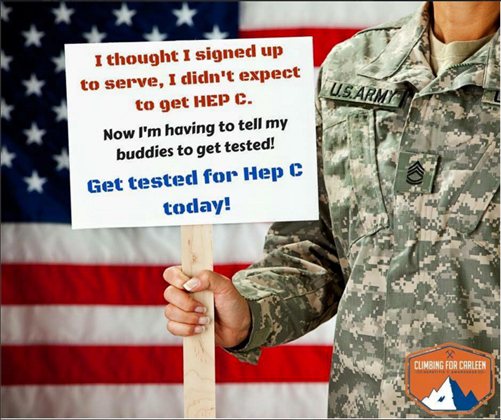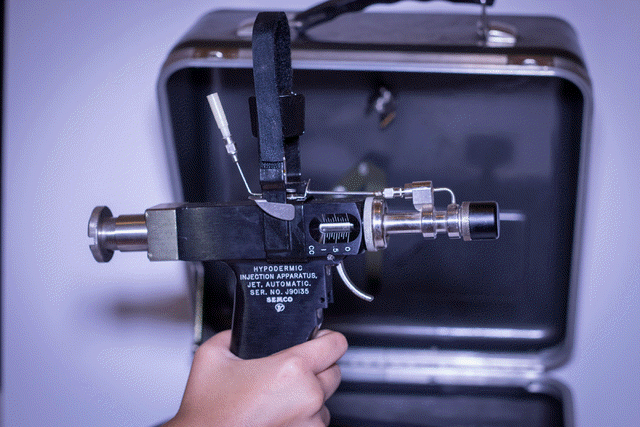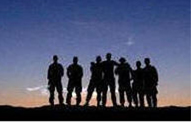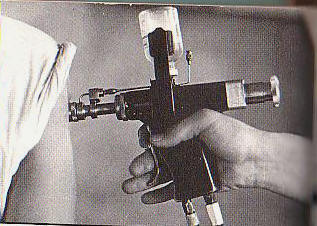|
|
||||||||||||||||||||||||||||||||
|
|
||||||||||||||||||||||||||||||||
|
BLOOD
BROKER INVESTIGATED BY FBI ALREADY IN 1974 -
Foundation for 1980s Tainted Blood Scandal Washington Weekly A few moths ago a lawsuit was filed on behalf of hundreds of Canadians that have been infected with hepatitis C through use of blood products manufactured from blood collected in the 1980s from in Arkansas and Louisiana prisons. The lawsuit named Connaught Laboratories, a Toronto-based firm that manufactured blood products for Canadian patients, and Continental Pharma Cryosan, a Montreal blood broker that imported plasma from prisons in Arkansas and Louisiana and resold it to Connaught. Washington Weekly has obtained a document that
shows that FBI and the Food and Drug Administration (FDA) did
investigations into the plasma distribution of Continental Pharma in the
U.S. and Canada as early as 1974. In a memo of a telephone conversation
between John Furesz, the director of the Canadian Bureau of Biologics
and James Gesling from the FDA, John Furesz writes: "I was informed that B. of B., FDA was
aware of CBS's investigation on plasma distribution of Continental
Pharma in the U.S.A. and Canada." The memo continues: "The procedure started a few months ago
when in New York the FBI found out that this firm violated the law. BB,
FDA is keeping a close eye on their plasma, they have tested so far
about 20 lots, of the last six lots four were found to be HB [hepatitis
B] antigen positive. The U.S. has no jurisdiction about plasma being shipped abroad for diagnostic purposes. However, if the label states that the product is HBAg negative but in effect is positive, then the company will be prosecuted." Asked about the results of the FBI and FDA investigation in 1974, an FDA spokesperson told the Washington Weekly that the FDA was not familiar with the document and therefore could not comment on it. The FDA referred us to a FOIA request. The question remaining is why the FDA allowed Continental Pharma to continue to collect high risk plasma when it knew as early as in 1974 that criminal activity might be taking place. Published in the Apr. 19, 1999 issue of The Washington Weekly Copyright 1999 The Washington Weekly |
|
|
|
|
|





